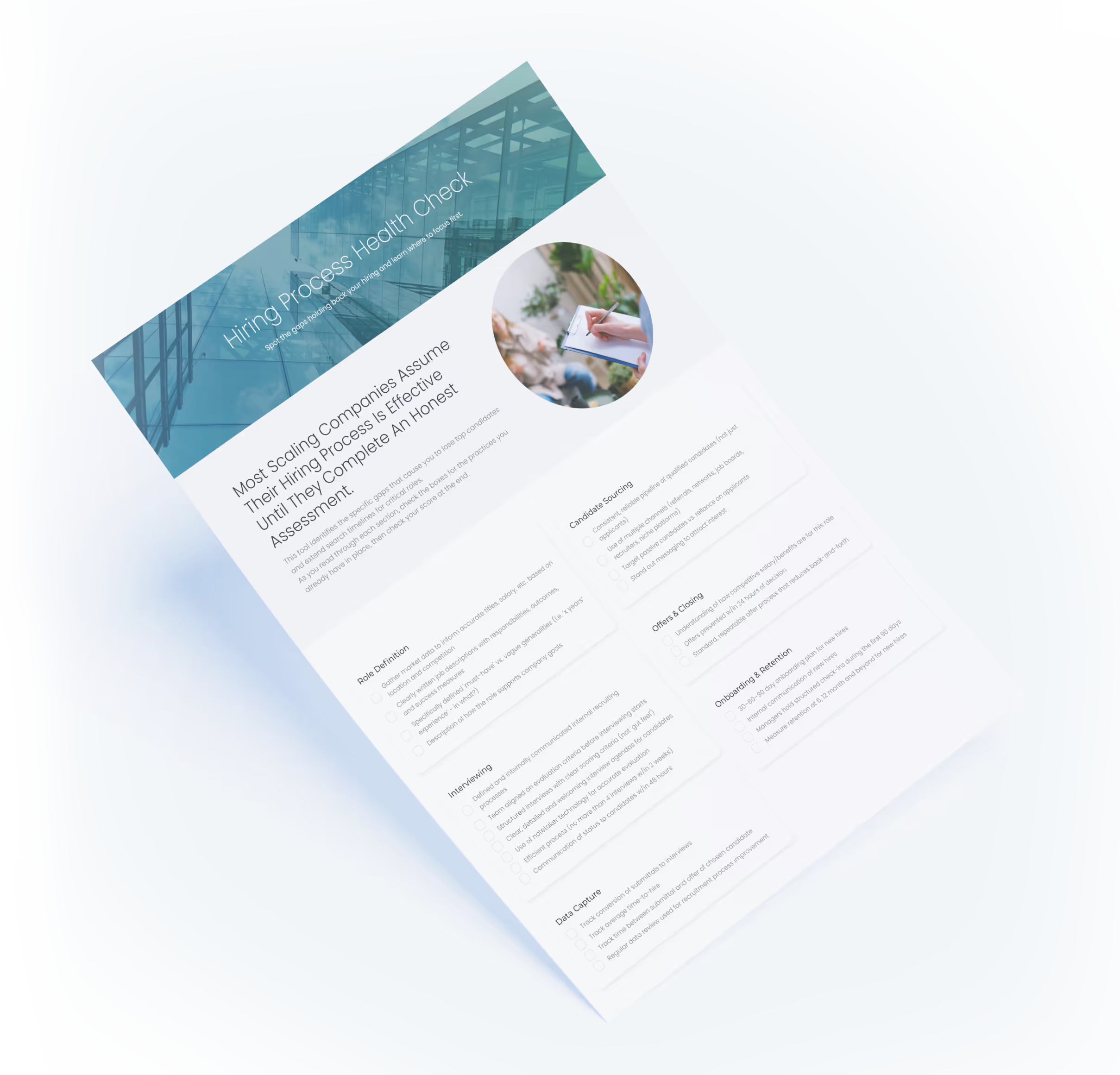Why Employee Satisfaction Ratings Matter More Than Ever in Hiring

You want to scale. You need great people. And in today’s hiring landscape, every move your company makes is under the microscope. Candidates are researching your culture, reading reviews, and comparing notes before they ever click apply. That’s why employee satisfaction ratings are no longer optional. They are a critical factor in determining whether your company can successfully attract and retain top talent.
The New Reality: Candidates Are Consumers First
Candidates don’t just stumble onto your job postings and apply blindly. They behave like consumers, researching you the same way they’d research a major purchase. Glassdoor’s report shows that 86% of candidates check a company’s ratings and reviews before applying for a job. More than half of job seekers refuse to apply at all once they read negative reviews.
A positive experience, on the other hand, pays off. Candidates who enjoy the application process are 38% more likely to accept an offer (StandOut CV). That means the quality of your employee satisfaction ratings directly impacts whether you even get a chance to speak with top talent.
The Importance of Employee Satisfaction in Driving Hiring Outcomes
Employee satisfaction ratings go far beyond reputation. They shape the effectiveness of every part of the hiring process, from attracting candidates to keeping them long term. Strong ratings give companies an edge, while weak ones create real obstacles.
- Attraction of top talent: High ratings signal a positive workplace, drawing in stronger applicants and building trust with candidates.
- Offer acceptance: Candidates are more likely to say yes when employee reviews confirm a healthy culture and supportive leadership.
- Hiring speed: Companies with strong ratings fill positions faster, while those with poor reviews face longer hiring cycles and higher costs.
- Retention and productivity: Satisfied employees stay longer and perform better. Dissatisfaction drives turnover and forces companies into repeated, expensive rehiring cycles.
The High Cost of Ignoring Ratings
If you think ignoring your ratings is harmless, think again. More than half of job seekers abandon their applications after reading negative reviews. Longer open roles mean lost productivity. Turned-down offers extend your time-to-hire and force you to restart the search. Worst of all, negative feedback doesn’t just vanish. It lingers online, compounding over time and creating a reputation that scares off future applicants.
What Drives Employee Satisfaction and How to Improve It
Improving employee satisfaction doesn’t come from quick fixes or surface-level perks. It requires addressing the core drivers of how people experience their work every day. Companies that prioritize these areas consistently see stronger ratings and a more engaged workforce.
- Listen and act on feedback: Collect feedback through surveys, exit interviews, and stay interviews to understand what employees truly think and need. The key is to follow through by addressing concerns quickly so employees see that their input leads to real change.
- Ensure transparent leadership: Leaders must communicate clearly about company goals, performance expectations, and overall direction. When employees know where the business is headed and how they fit in, they feel more invested and engaged.
- Support employee development: Employees want to see a path forward in their careers, not just a job that keeps them stagnant. Offering mentoring, training, and recognition helps them feel valued and motivated to grow with the company.
- Offer competitive pay and benefits: Compensation that falls below market standards instantly creates dissatisfaction and turnover risk. Providing fair pay and strong benefits sends a clear signal that the company values its people.
- Build a strong culture: A culture rooted in respect, psychological safety, inclusion, and work-life balance creates a sense of belonging. Unlike flashy perks, these fundamentals foster long-term loyalty and satisfaction.
Turning Ratings Into a Recruiting Advantage
Once you’ve put in the work to improve, don’t hide it. Showcase employee satisfaction as part of your employer brand. Share authentic employee stories and highlight engagement survey results in job postings and on your careers page. Ask employees who are proud to work for you to share their experiences on review sites. Authentic voices carry more weight than polished slogans.
Most importantly, align your hiring managers with the culture you’re building. They are the first human touchpoint for candidates, and a poor interview experience can undo every positive review you’ve worked to earn.
Put Employee Satisfaction at the Core of Your Growth Strategy
You cannot win at hiring without understanding the importance of employee satisfaction. Candidates research your culture before they ever apply. They evaluate your ratings before they ever respond to a recruiter. They compare your employee experience against competitors before they ever accept an offer.
If your company is scaling, this matters even more. Without the name recognition of larger brands, your satisfaction ratings are one of your most powerful tools for attracting the right people. Ignore them, and you’ll face longer hiring cycles, rejected offers, and high turnover. Invest in them, and you’ll unlock faster growth, stronger teams, and a reputation that makes top talent line up to work with you.
Get Your FREE Hiring Process Health Checklist

